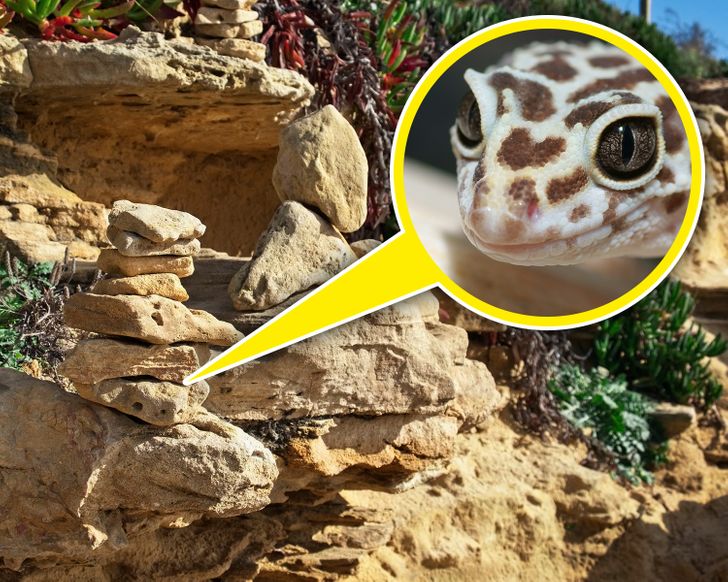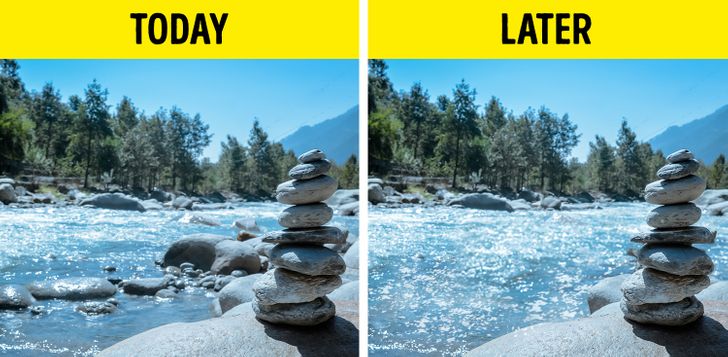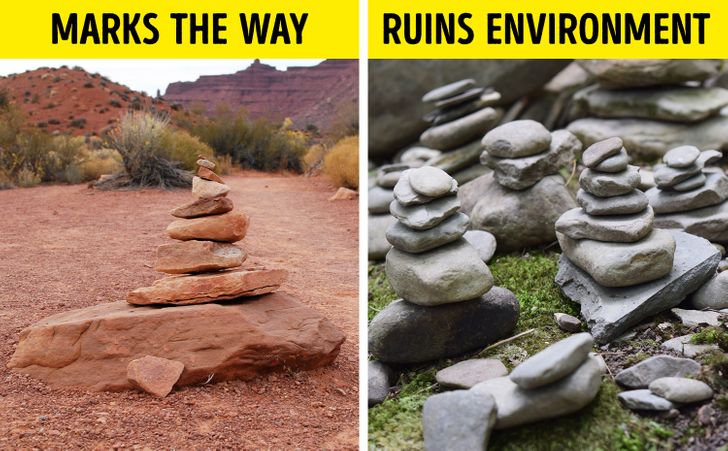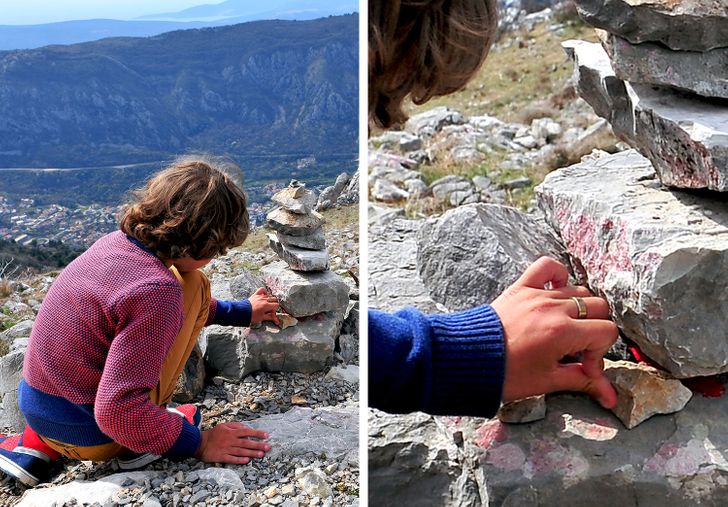agree
Why People Who Love Stacking Rocks Need to Stop Doing It
Stone stacking has been widespread since ancient times — people used it as burial monuments and to mark their environment so they wouldn’t get lost. But now, this activity has turned into a hobby, a way of self-expression, and a meditative practice. And while building cairns is a great way of relaxation, and some of them even look like a piece of art, wildlife specialists are getting worried about this trend. They suggest that this seemingly harmless process damages nature, even if we don’t notice it.
We at Bright Side were surprised to find out that one of tourists’ favorite activities may actually be really devastating to the environment, and we’re in a rush to share our findings with you.
It harms animals and plants.
Stones are a part of the habitat for many tiny creatures, from geckos and crabs, to insects. But when people move stones, it may be like they are ripping off the roofs of these animals’ homes and causing extreme invasions in their lives. Some creatures need stones to preserve water, shelter them from predators and bad weather, and even to help them with reproduction.
It interferes with the natural processes in wildlife.
Cairns may pose a significant threat to ecosystems. For example, in freshwater streams, each rock is full of plants and microorganisms living on it, and interfering with their habitat may break the natural and fragile balance to this ecosystem. If a significant number of stones are moved, it may cause faster erosion and even disrupt the flow of the rivers and streams.
It confuses hikers.
Many national parks use stone piles to guide hikers on potentially confusing paths. But now, there’s some confusion, because there are stones that are part of an official navigation aid system, and then there are creations that were built by travelers. So hikers may have a hard time figuring out what path they should follow, especially if they forgot to check in with the park’s rules before starting their journey.
It breaks the main rule of outdoor ethics, “Leave no trace.”
When we go outdoors, we are likely to want to enjoy the beauty of uninterrupted nature. But high piles of stones are pretty different from what raw nature looks like. While hikers might want to take a rest from the human world, these cairns look like some kind of graffiti that were placed there only to make a mark of someone else’s presence on this territory. If we want to preserve nature, we probably don’t really need to make a personal statement with stones.
Do you know of any other human activities that might harm our planet without us realizing it?
Comments
I agree with you, I started reading and was actually expecting valid reasons, but the entire sad pathetic attempt to ruin something for others only makes me sorry for the author.
what sean keating said? i cannot read the comment as HULK DELETE THIS COMMENT!
Dear author, we both know you wrote this without a valid research, and only with the need for exterior validation. Maybe ruining something for others makes you feel better about yourself. It's ok, I've been there, I know for it it. But it dosn't have to be like this. The reasons are not valid, the tone is that of a spoiled little child who does not have the candy he wants and imagines the entire world is here to get him. Write to me if you need to talk to someone, but dont try to ruin innocent acts for anyone else.
I don't really see the point , why would people do this?
Must be because it's some old tradition, I can see why it's useful to show which way you have to go
It's probably better to just use signs no?
Can't really craft a sign as fast as you could stack a few rocks in the past.. those people had no tools silly
Oh right, I forgot ?
Lebay
Related Reads
15 Times the End of a Story Was Better Than the Story Itself

12 Single Dads Share the Raw Truth Of Being the Only Parent

15 Unsolved Mysteries That Are Too Bizarre to Believe

I Refused to Have My Stepmother in My Wedding Pictures

I Demand My 19 Y.O. Stepdaughter to Babysit — My House Is Not a Free Hotel

I Trusted My Ex’s New Partner With Our Son, That Was a Mistake

20+ Pets and Their Owners Who Turned a Visit to the Vet Into a Comedy Show

My Stepdaughter Sabotaged My Marriage, but I Got My Sweet Revenge

14 Hilarious Stories About Really Awkward Situations

12 People Open Up About Their Most Awkward Life Experiences

13 People Who Discovered Hidden Truths About Their Partners

19 People Who Can Find Happiness in Small Things




